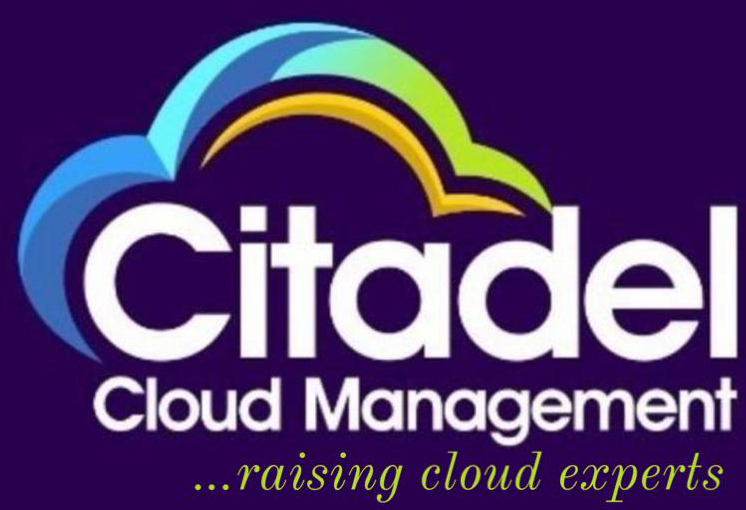
How Businesses Can Mitigate Ransomware Attacks in 2025
Kehinde Ogunlowo
Table of Contents: How Businesses Can Mitigate Ransomware Attacks in 2025
- Introduction: The Growing Threat of Ransomware in 2025
- Elaboration: This section will provide an overview of the evolving landscape of ransomware attacks in 2025, including how businesses are increasingly becoming targets due to the rise in sophistication and frequency of these attacks.
- Resource Links:
- Strengthening Backup and Recovery Systems
- Elaboration: Regular and secure backups are essential for ensuring that businesses can recover from ransomware attacks without paying a ransom. This section explores best practices for maintaining and testing backups, as well as the importance of segregating backups from network-connected devices.
- Resource Links:
- Multi-Factor Authentication (MFA) and Strong Password Policies
- Elaboration: Implementing MFA and creating strong, unique passwords for each user and system can dramatically reduce the likelihood of unauthorized access. This section will detail MFA strategies and password policy guidelines.
- Resource Links:
- Employee Training and Awareness
- Elaboration: Employees are often the first line of defense against ransomware, with phishing emails being one of the most common attack vectors. This section emphasizes the need for ongoing cybersecurity training and awareness campaigns.
- Resource Links:
- Patch Management and Vulnerability Scanning
- Elaboration: Unpatched software is a major target for ransomware. This section discusses the importance of regularly patching systems and using automated vulnerability scanning tools to detect and fix security weaknesses.
- Resource Links:
- Network Segmentation and Zero Trust Architecture
- Elaboration: Dividing the network into smaller, isolated segments helps contain the impact of a ransomware attack. Additionally, a Zero Trust Architecture (ZTA) assumes no device or user is trusted by default. This section will explain how to implement network segmentation and ZTA.
- Resource Links:
- Endpoint Detection and Response (EDR) Solutions
- Elaboration: EDR solutions are crucial in detecting malicious activities at the endpoint level and responding in real-time. This section will explore various EDR tools and strategies for their integration into the overall security posture of the business.
- Resource Links:
- Incident Response Plan and Cyber Insurance
- Elaboration: Having a well-defined incident response plan and cyber insurance policy is crucial for mitigating the impact of a ransomware attack. This section will cover how to create an incident response plan and the role of cyber insurance in the aftermath of an attack.
- Resource Links:
- Collaboration with Law Enforcement and Third-Party Vendors
- Elaboration: When facing a ransomware attack, businesses should coordinate with law enforcement and trusted third-party cybersecurity firms. This section covers how businesses can work with law enforcement agencies and cybersecurity firms to investigate and mitigate the attack.
- Resource Links:
- Adopting Advanced Threat Intelligence Tools
- Elaboration: Utilizing threat intelligence platforms allows businesses to stay ahead of emerging ransomware tactics and vulnerabilities. This section will dive into the benefits of using these tools for proactive defense.
- Resource Links:
- Ransomware Payment and Legal Considerations
- Elaboration: Paying ransom is a controversial choice. This section will examine the legal implications of paying ransoms, how it can affect business operations, and the risks of funding criminal activity.
- Resource Links:
Conclusion: Developing a Ransomware Resilient Business
- Elaboration: In the final section, we’ll wrap up the guide by emphasizing the importance of creating a comprehensive cybersecurity strategy that combines the above steps to prevent, detect, and respond to ransomware attacks in 2025.
- Resource Links:
This structure provides a well-rounded approach to ransomware prevention and recovery in 2025. Each section is designed to be both informative and actionable, offering businesses the tools they need to better prepare for and respond to the threat of ransomware.
Facebook
Twitter
LinkedIn
Table of Contents
Latest Articles

